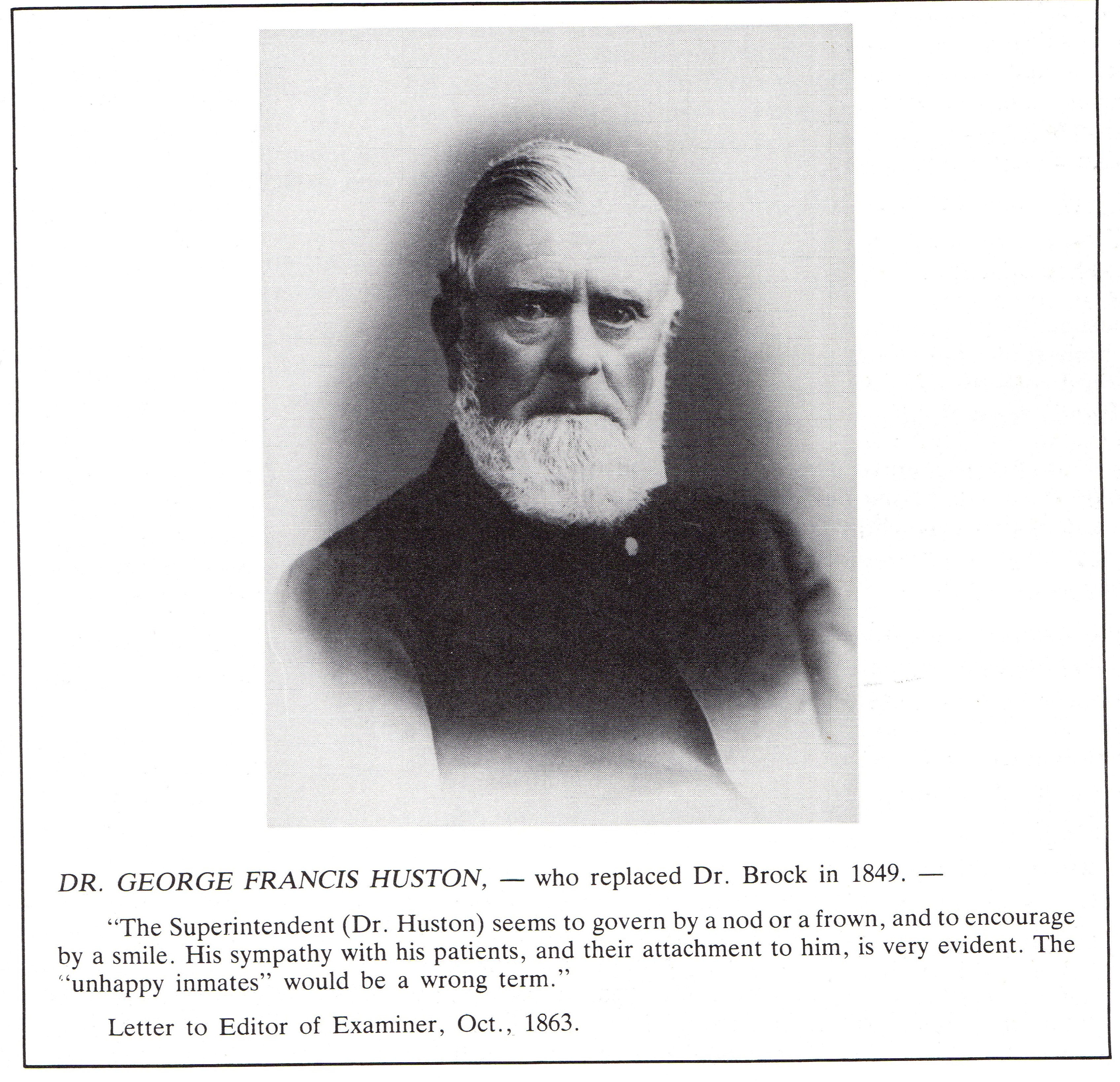 From: The Hobarton Mercury Mon 10 Mar 1856 Page 3
From: The Hobarton Mercury Mon 10 Mar 1856 Page 3
THE LUNATIC ASYLUM, NEW NORFOLK.
ON Wednesday, en route to Hamilton, we stopped at New Norfolk for a short time, and
being desirous to inspect the Lunatic Asylum, we proceeded thither, accompanied by a friend, and, introducing ourselves to Dr. Houston (Dr. George Francis Huston), were very politely received by that gentleman, who afforded every facility to the object of our visit. Under
his guidance we viewed every part of the establishment, and we ware much gratified with the good order, cleanliness, and general arrangement.
There are about two hundred patients, male and female, for whose comfort every means are supplied: they are carefully classified with Nos. 1, 2, and 3 classes, according to the particular nature of their maladies, cells being appropriated to the more furiously maniacal: of these there are several, and we witnessed two poor fellows whose abhorrent antipathy to bright colours, red or scarlet particularly, we were informed, excited a paroxysm.
Instances of extraordinary delusion are common: one remarkably fine woman fancies herself a princess, with a duke for a father and a duchess for a mother, and who very graciously held out her hand for us to kiss. Another young female imagines herself to be twelve hundred years old, and requested our assistance to procure for her a comfortable cottage. The majority of cases are those of melancholy and idiotic madness, sad enough, indeed, but not so terrible as raving madness.
The dietary is ample, even luxurious, and the garden set apart for the recreation of those who are in a condition to enjoy it, is in first-rate condition. An excellent feature in the management is the employment of patients in gardening, milking the cows, and other occupations, calculated to find them pleasurable and healthy employment: some patients engaged in this manner receive extra rations of milk, rice, &c., while the occupation
itself is a well-prized indulgence. In fact, the whole arrangements of the establishment are most admirable, and reflect the highest credit upon the superintendent, Dr. Houston (Dr. George Francis Huston), whose attention to the health and comfort of the unfortunate inmates are worthy of all praise. As in England, so here, the old system of coercion, except in cases actually
requiring it, is abolished, and the soothing treatment is fully appreciated by those who are enabled to judge of and feel its influence.
The expressions of gratitude, nay, even of affection, towards the worthy doctor are warm and sincere, and it is pleasing to witness in so melancholy an abode this due appreciation of conduct so judicious and inestimable.
In conclusion, we may add that we were pleased, yet saddened, with the result of our
visit; pleased with the kind attention of the medical officer, and indeed of all his subordinates, and with the arrangements provided for the comfort and well-being of the poor patients; – saddened by the contemplation of so many of our fellow creatures afflicted with the most grievous and melancholy of all maladies–loss of reason.
Original story HERE
This story was written 6 months after the Hospital had changed practices from being run by the Imperial Government to having autonomy along with the Colony This change and hand over of the New Norfolk establishment was on October 18th 1855.
This was an important time because we start to see better record keeping practices develop around patient notes and treatments. The visit by the reporter wasn’t a coincidence, this is how news was gathered and the Hospital had just been criticised for the lack of documentation and also the total lack of any form of investigation into complaints nor inquests conducted.
Dr Huston, as it was reported was actually Dr. George Francis Huston and was most likely very excepting of the visiting reporter and wanted to show off the Hospital, and clearly the visitors were impressed. However the quote from Gowlland’s book paints a very different picture of the time:
From An Imperial to A Colonial Establishment with the change in responsibility came the establishment of a Board of Commissioners who were given charge of the New Norfolk Hospital and the first snapshot of conditions within the Hospital. The Commissioners were to find much wrong with the Hospital as indicated in their initial report to the Governor: …
its condition very far behind that of similar institutions in the Mother Country. The internal accommodation of the several buildings were small, badly constructed, ill ventilated, dark dismal, while the day rooms, so called, afforded very inadequate convenience for the purpose intended. The yards and grounds were subdivided by high walls, and the spaces allotted for exercise and outdoor recreation were of the most limited character (Quoted in Gowlland 1981: 50).
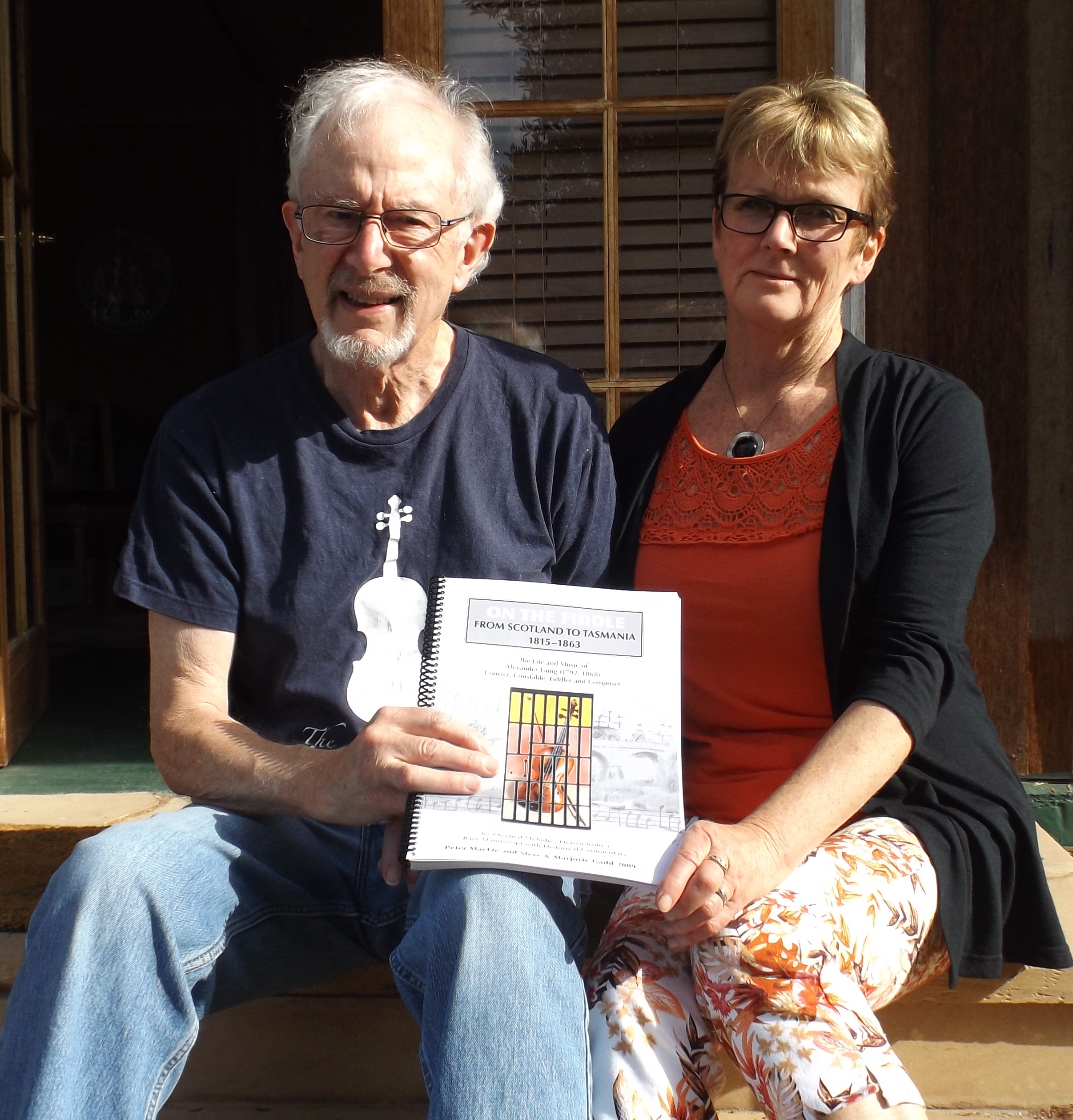
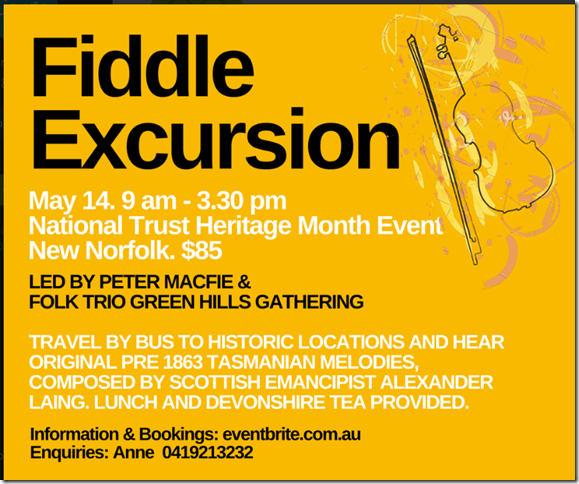

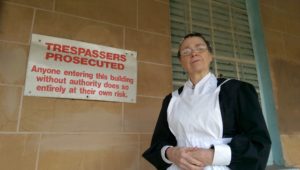
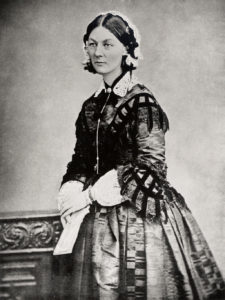
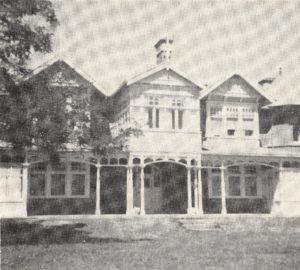
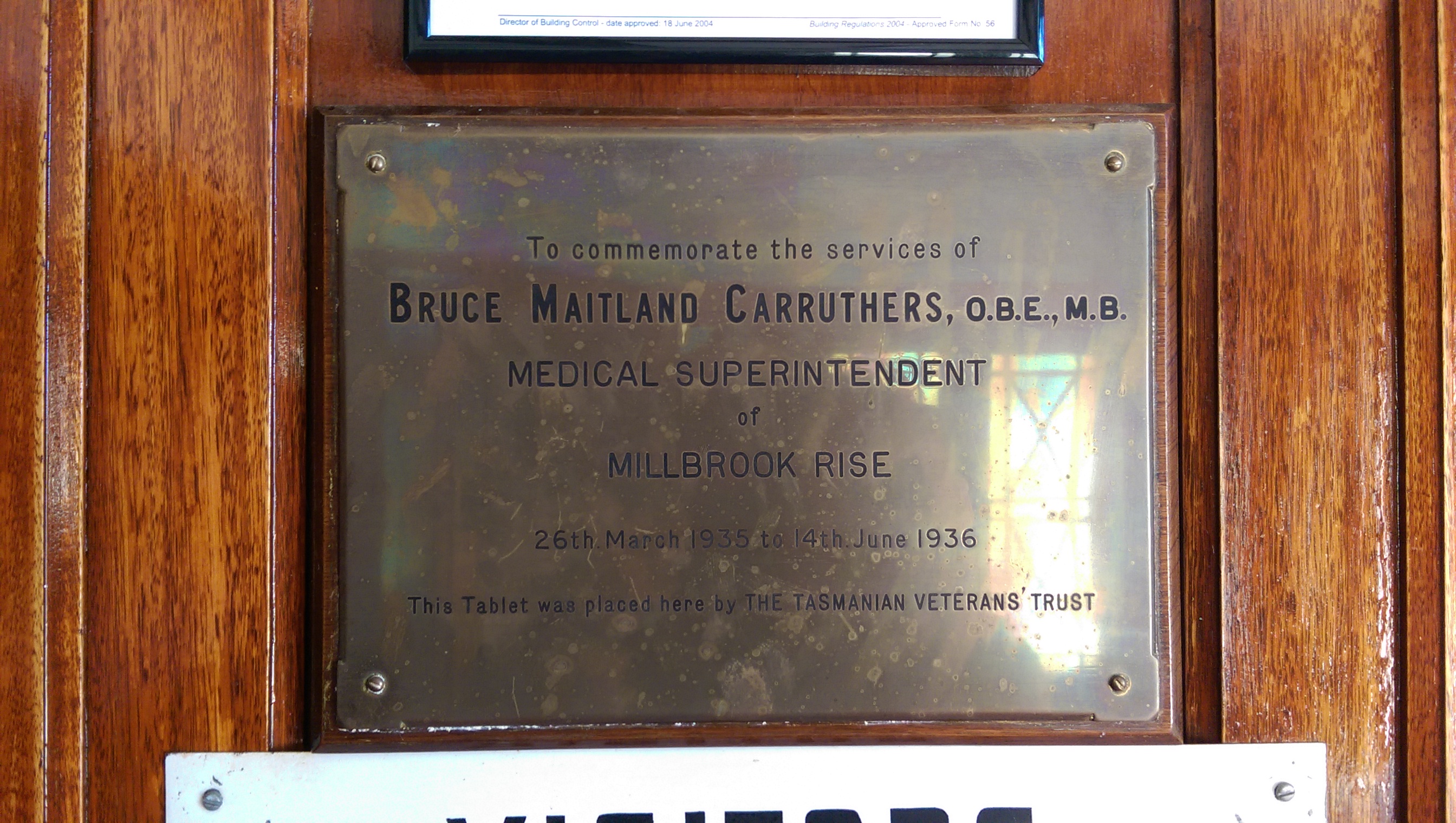


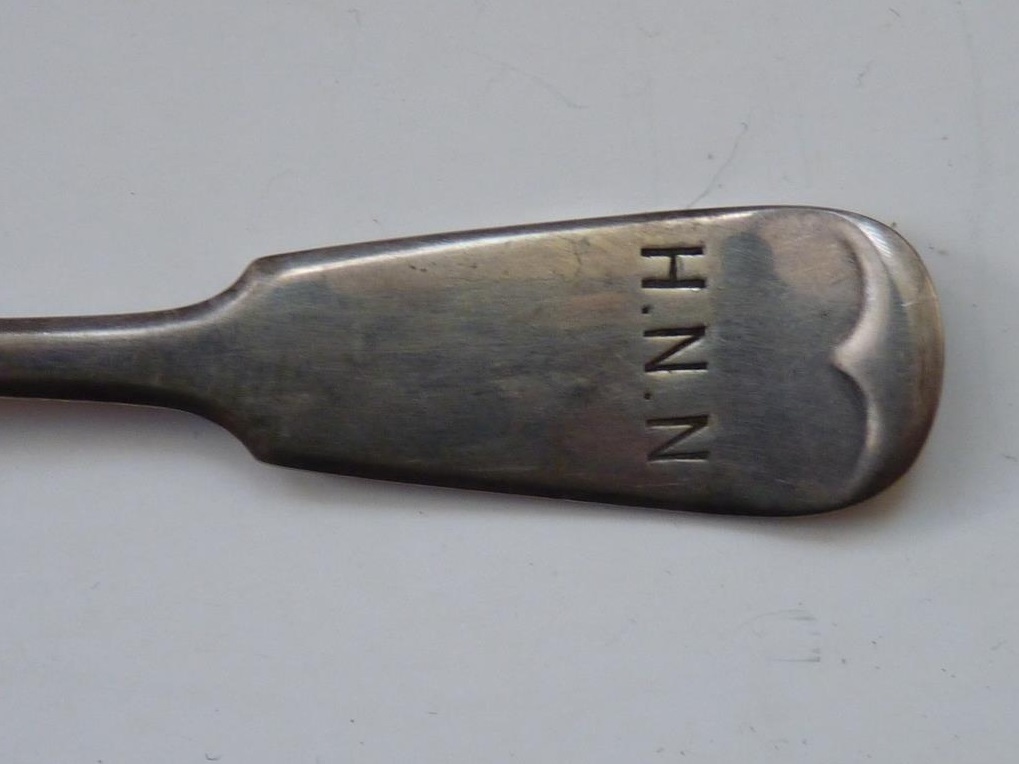

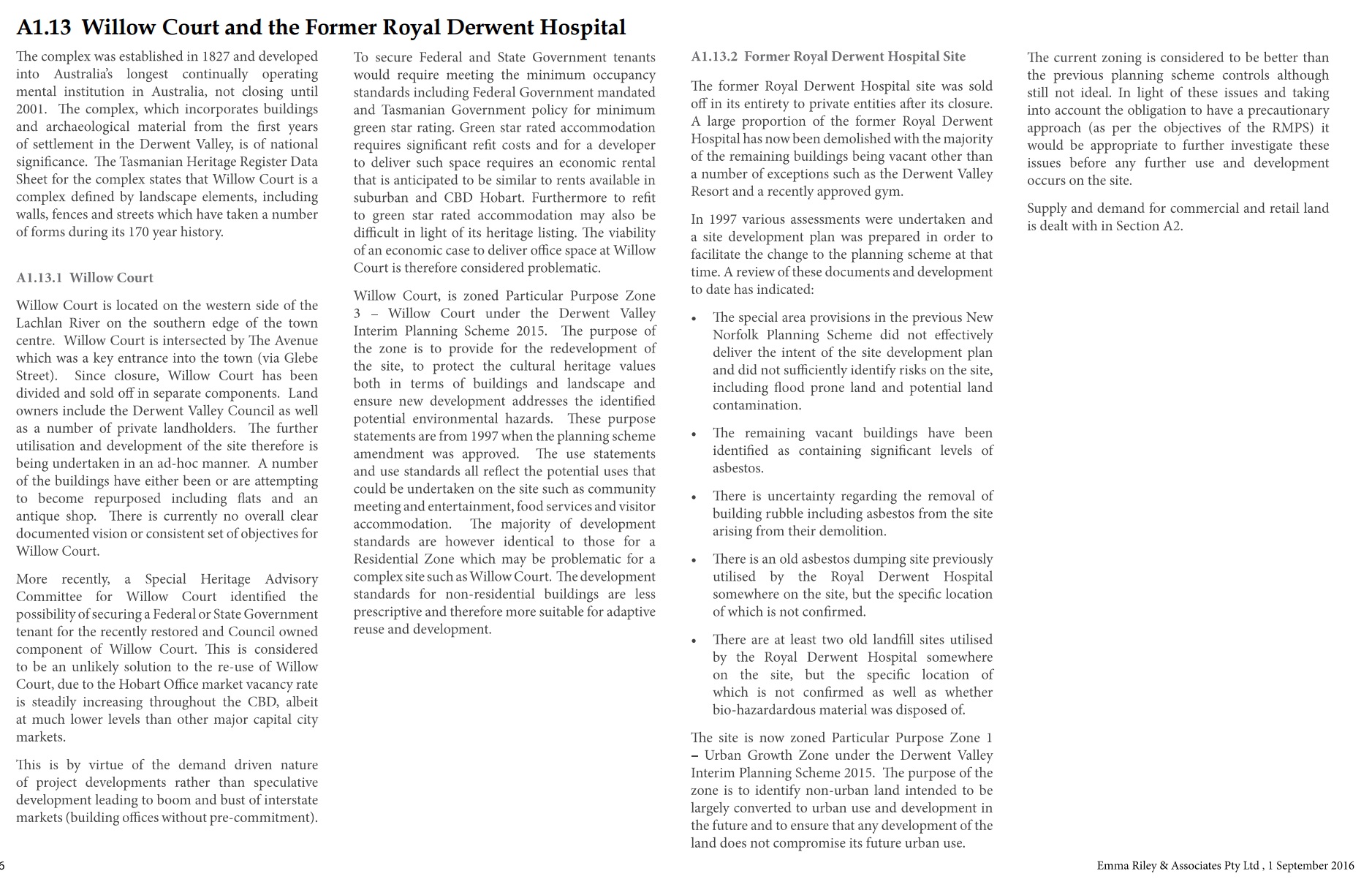
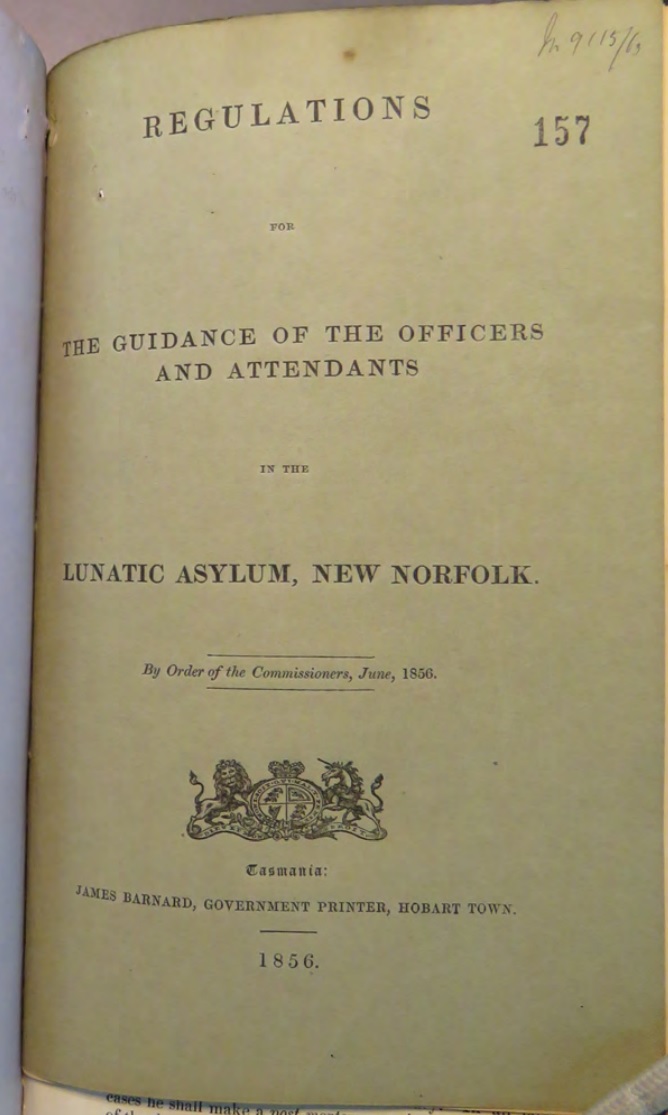

 Looking forward to the next visit from Associate Professor Heather Burke and the team of Archaeology Students this February. Willow Court has much to reveal of it’s past through artifacts, be they in the ground or under the protection of the Derwent Valley Council or attached to the buildings themselves.
Looking forward to the next visit from Associate Professor Heather Burke and the team of Archaeology Students this February. Willow Court has much to reveal of it’s past through artifacts, be they in the ground or under the protection of the Derwent Valley Council or attached to the buildings themselves.